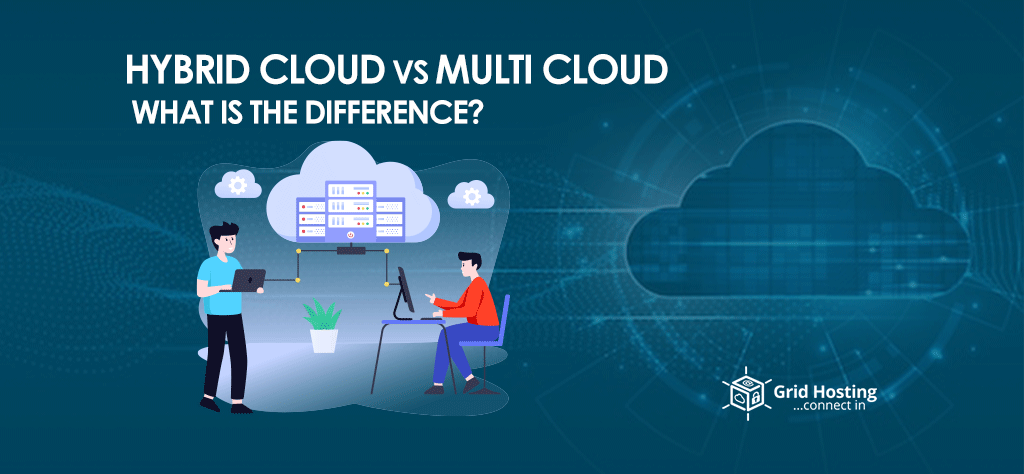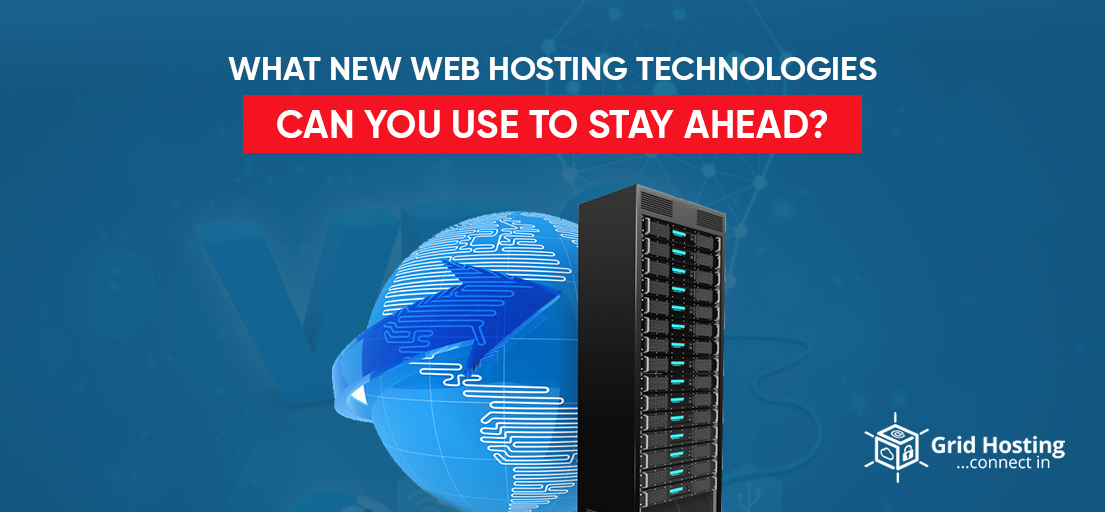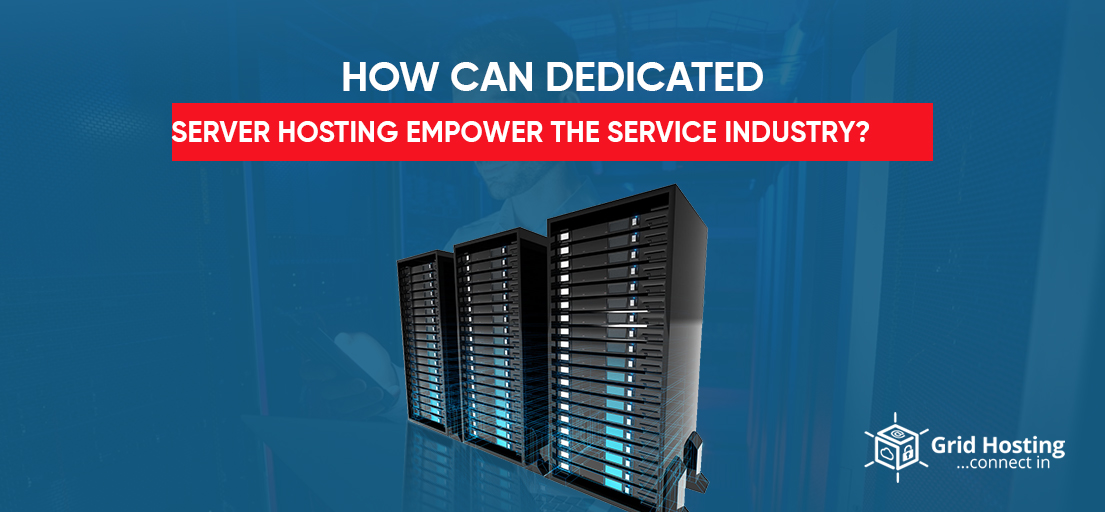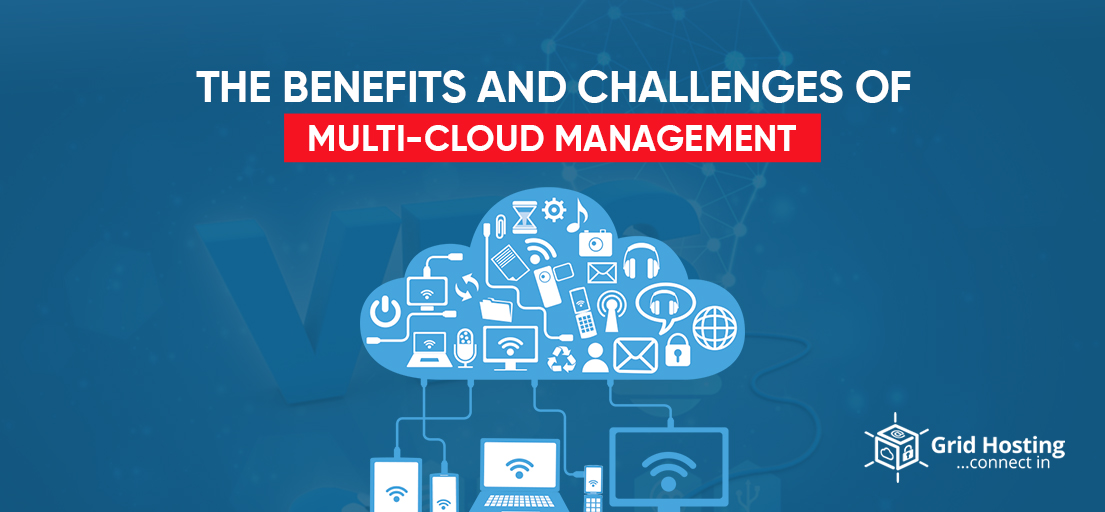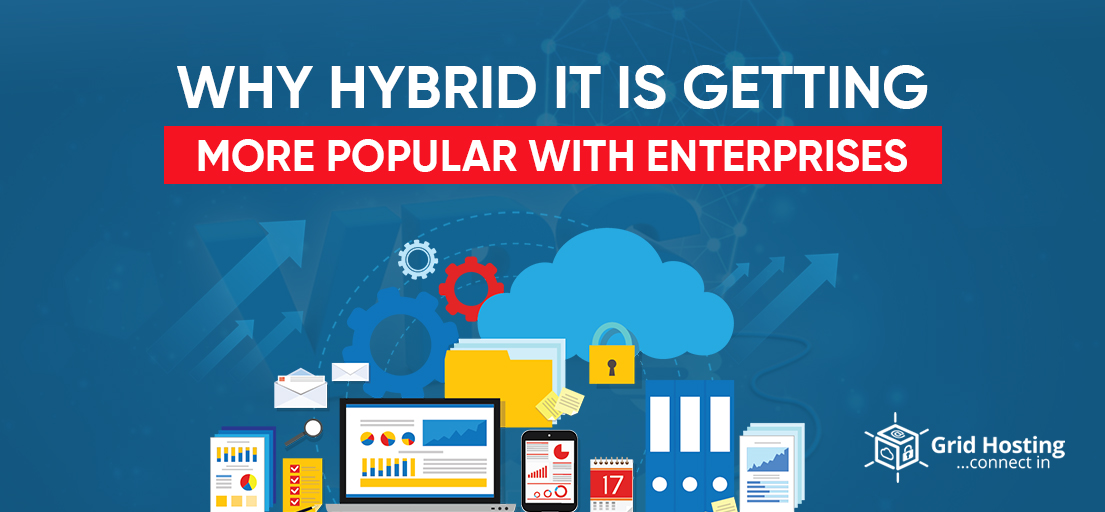There is a rapid evolvement in IT infrastructure because of Cloud Technology. Although cloud technology came into light decades ago. However, organizations are still benefiting from it as cloud is more than just a data storage solution. Earlier it was only used for managing the company data and securing it. Overtime cloud facilities expanded so as their features. The cloud expansion has resulted in availability of multiple options for organizations. Which has confused them regarding the decision between a Hybrid cloud and multi-cloud.
Multi-cloud
A Strategy in which there are two computing environments to deal with your day-to-day business tasks. An organization might want to perform a task that requires AWS and another through the google platform etc. Adopting a multi-cloud strategy might be complex for instance if you are going to deploy IaaS to host the workloads. On the other hand, you are using SaaS and PaaS providers for the services like office 365, and Concur while every service is on its dedicated cloud.
Advantages
Reduces infrastructure requirements
When a company hires the service providers and outsources its infrastructure to offload the burden of the software, hardware (machinery), and support. It saves a huge physical space that can be used for other productive purposes. Here the cloud is an easy way to minimize the space area requirements
Leverage Certain Services
Clouds have the specialties which help an organization manage its daily operations in a smooth way. For instance, a company utilizes a cloud provider to host its development load but uses another for Artificial intelligence and machine learning services.
Lower costs
Once an organization has decided to maintain its data within the promises. It has to expand its infrastructure which requires additional costs. The cloud services offer play-as-you go module which means you will pay only for the services you are going to avail. Apart from reducing costs a business can also see where the money is spent.
Efficiency
Multi-cloud is a convenient solution to improve business efficiency. It is a need for businesses to offer a seamless user experience through an uninterrupted service. However, sometime sudden failures or outages can lead to a poor service. Multi-cloud allows the organization to distribute its workload on two environments in case one goes down the other is there to support the ongoing functions.
The companies using multi-cloud might have to face some new challenges besides enjoying their benefits. Below we are going to explain the risks companies might face
Challenges
Complex configurations
Once you have adopted multiple cloud environments to manage your workload. It means you have to grapple with countless security configurations and authentications to ensure the sensitive data of the company remains secure. Moreover, it is not possible to set up a common security protocol for all the cloud providers. Furthermore, there will be risk of security vulnerabilities as well.
Mis-Management
The cloud strategies help in improving the business efficiency. On the other hand, it brought new threats to the regulatory compliance like in-accurate information storage locations etc.
Security risks
Multiple-cloud means the sensitive information will also pass through a public network known as internet. Therefore, organizations have to take security measures to ensure the sensitive data is encrypted properly.
Disruptions
The company should take into account the application of network and provider disruption and know the effect of service outage between the business and provider. The outage includes a deprecation of needed services or even the effects of a provider merger, acquisition or bankruptcy. Therefore, it is essential for the organization to look for a suitable cloud provider to avoid such issues.
You Might Also Like to Read: HDD vs SSD Cloud Server Hosting – Which One Is Better
Tools for Multiple cloud management
It is essential for the company with a multiple cloud approach to understand the services it is using and also recognize its configuration as well.
The IT experts can utilize tools to deal multiple cloud through a dedicated interface. These tools are compatible with several platforms such as AWS and Azure etc. In addition, they should support abstraction, automation, and orchestration and deal with data encryption, security management, governance, and compliance.
Above are the benefits and challenges an organization might face while going for a multi-cloud strategy. Below we are going to know about hybrid cloud in detail.
What is a Hybrid Cloud
The hybrid cloud is a combination of public and private cloud to form a single cloud computing platform. Usually, a business prefers a private cloud as he has to store sensitive information. However, he can merge it with a public cloud to get some specialized services.
Advantages
Cost effective
When your business starts expanding you need a dedicated place to manage the entire infrastructure. Which requires you to spend an adequate amount. Therefore, businesses can go with private cloud to outsource the whole workload for the sake of reducing cost and improving efficiency. Furthermore, the merger of private cloud into public allows the company to scale its operations and grow rapidly.
Security
Businesses have a huge amount of information that needs to be kept confidential. The hybrid cloud enables the firm to keep their data secrete from outsiders and maintain proper security.
Scalability
When a company increases its operations, the workload also increases which can disturb the daily affairs. A hybrid cloud assists an organization to distribute the workload among different cloud environments and avoid any disruptions.
Smooth Operations
Your business will run smooth only when you have appropriate resources to manage your workload. As a result, your competitor will get the upper hand in the market. When you have multiple cloud environments the service providers will take care of the performance and maintenance.
Challenges
Lacking capabilities
Building an entire cloud network from the start is very complex and time-consuming. In addition, not every cloud environment successfully meets the requirements of organizations. Therefore, a company should have skilled workforce which is experienced enough to deal with technicalities before it adopts cloud platform.
Cost
Although you don’t have to maintain your data centers having hybrid cloud which is a cost-effective solution. However, maintaining a cloud infrastructure itself requires a huge amount of money. A business should forecast the expenses to manage its operations
Integration issues
The purpose of shifting to hybrid technology is the combination of both public and private clouds. Whereas, the biggest problem for companies is the integration of both clouds. Moreover, you have to upkeep the hybrid cloud with recent updates and changes regularly.
Interruptions
The hybrid cloud relies on wide area network (WAN) infrastructure which means any disruptions can lead to downtime in the services.
Hybrid Cloud vs Multi Cloud: Difference
In a multiple cloud platform, a company uses several cloud services offered from different cloud service providers. All the cloud providers are not the same due to which the organization goes for a multiple cloud strategy to take the optimum advantages of the cloud arbitrage and select the providers based on which one is offering the services at the lowest cost.
There are significant differences in the hybrid and multiple cloud strategies.
- Hybrid cloud has a private cloud which is managed by one entity
- Multiple cloud includes several clouds which help in performing different functions. They don’t include any private cloud.
Often firms accidently opt for the multi-cloud strategy when all departments use different cloud providers for a dedicated task while others go for multiple public cloud providers as a part of IT Strategy which involves an premises cloud base structure.
Factors You Should Consider While Choosing a Cloud Strategy
Every cloud structure comes with their own pros and cons. Additionally, the cost for both structures differs as well. Cloud strategy development needs assessment of existing workloads, databases, networks, SLAs, and storage demands, after considering these factors the companies can plan their future. Which means adopting a cloud strategy is very crucial for the companies.
Cloud First and multiple cloud
The cloud first strategy involves all the departments of organization and includes a holistic approach to transform business technology to determine the outcomes and objectives. However, companies should know that every application is not suitable for the cloud. Therefore, first-cloud does not imply here and some companies’ applications will never shift to the public cloud unless they are refactored.
Regular placement assessment
As cloud technology keeps on changing and today’s provider will not be the best for tomorrow for the same workload. Therefore, organizations should keep a check on their workload to ensure whether they need to switch their cloud provider
Future Planning
Shifting to cloud services is not a single event learning the required skills and knowing the difference between service providers are the tasks that must be replicated as applications. Therefore, plan on multi-year shifting efforts and then make a plan for the yearly assessment.
For Special discounts and offers, visit our official Facebook Page.

